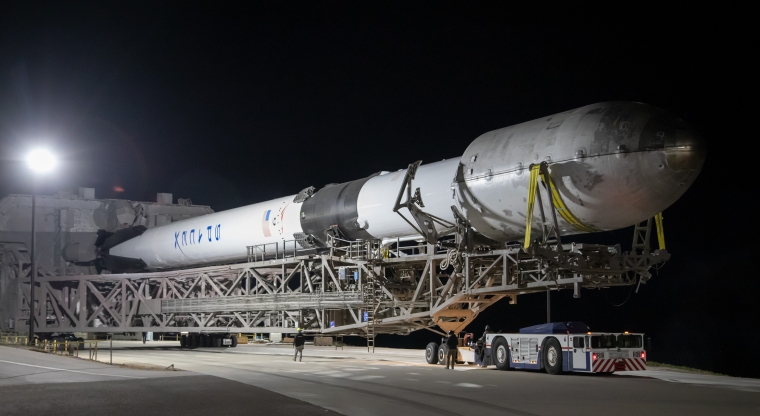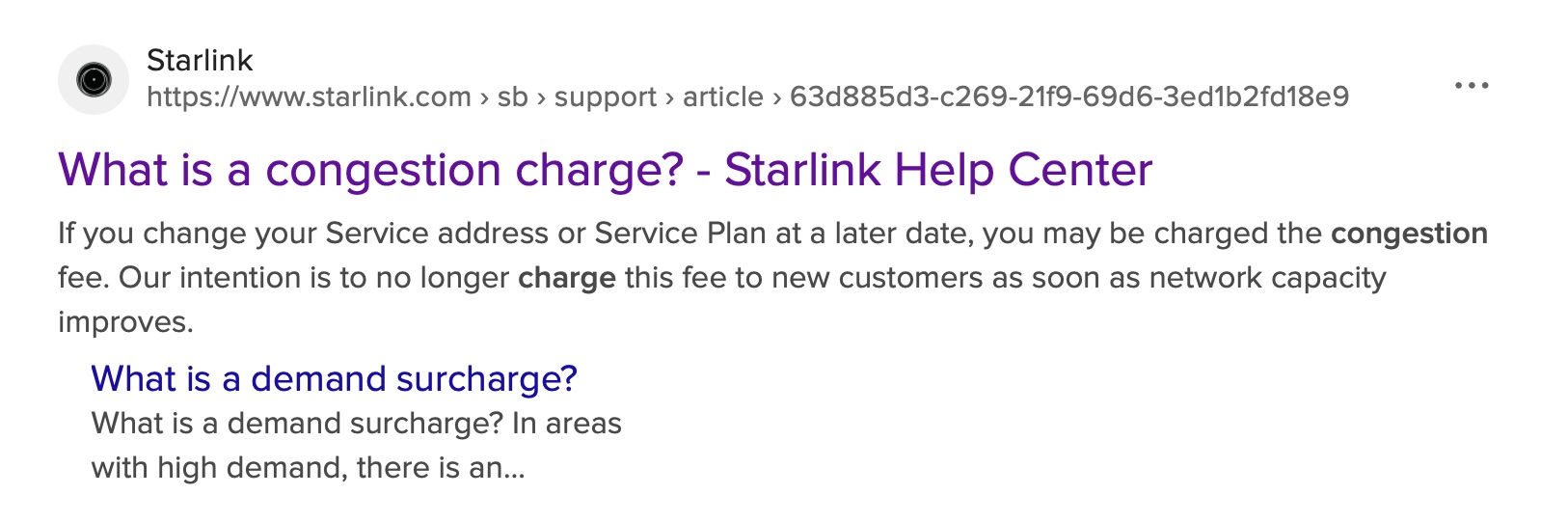
In the wake of Elon Musk's SpaceX Starlink becoming the third-largest rural broadband provider in New Zealand in 2024, as reported recently by the Commerce Commission's telecommunications monitoring arm, questions have arisen as to how many customers the Low Earth Orbit (LEO) satellites can serve.
Researchers at the Penn State University and the University of New Hampshire in the United States have attempted to calculate how much capacity Starlink has, and the numbers don't look great.
Starlink's network architecture can't reliably provide 100 megabits per second downloads, and 20 Mbps uploads, if it there are more than 2.57 households per square kilometre, within the coverage area for a single satellite beam, the researchers contend.
Adding more customers than that, and service performance could become degraded and not meet customers' expectations.
The research is aimed at the US market, where the 100/20 Mbps minimum speed guarantees are required to qualify for funding under the federal government's Broadband Equity, Access and Deployment programme for rural and remote areas.
It seems the upload capacity is the bottleneck for Starlink performance. Each satellite beam provides only approximately 0.419 Gbps of upload capacity throughput across a 163-square-kilometre coverage area; this limitation creates fundamental capacity constraints that worsen as subscriber density increases.
Although the Commerce Commission found that Starlink provides around four times the performance of the next best option in rural and remote areas, the researchers pointed to the US where just 17 per cent of users of the LEO broadband service received the US federal standard of 100/20 Mbps.
The analysis assumes optimal conditions, using Starlink's most advanced V2 satellites. These offer 96 Gbps download and 6.7 Gbps upload capacity per satellite. Even under these favourable assumptions, network congestion emerges quickly in areas with even modest population density.
Real-world performance data from Ookla's Speedtest supports these theoretical concerns, the researchers said. Current measurements show that only 17 per cent of US Starlink users achieve the federal broadband standard of 100 Mbps download and 20 Mbps upload speeds.
"These longitudinal data suggest persistent challenges with the satellite coverage spanning years," wrote Sascha Meinrath, director of X-Lab and Palmer Chair in Telecommunications at Penn State University, who led the research.
The analysis excluded several real-world factors that would further reduce effective capacity, including weather attenuation, terrain obstacles, and interference between overlapping beams.
Including these considerations would likely lower the sustainable household density threshold below the calculated 2.57 households per square kilometre.
Starlink has acknowledged that its network can become congested, as the provider piles on new customers in some of the regions it operates in.

The additional fee has been renamed "demand surcharge" by Starlink. PC Magazine reported that new customers in Washington State, Oregon and northern Idaho are asked to stump up a whopping US$1000 extra to get connected to Starlink.
Naturally, the capacity constraints also affect existing subscribers. The study notes that deploying Starlink services in congested areas "may actually degrade pre-existing users' services to the point that they no longer receive minimal broadband speeds."
Starlink operates approximately 7855 working satellites across multiple orbital shells, with varying capabilities among V1, V1.5, and V2 generations.
SpaceX has not published detailed technical specifications for its satellite constellation, making independent capacity verification challenging.
However, last week Starlink posted an update with metrics for network performance, suggesting it has improved considerably since 2024 in the US. The LEO satellite broadband provider said it has seen "an unprecedented level of growth, and now has over six million customers worldwide, but even so, its speed and latency (delay) numbers are "radically improved".
1 Comments
I do hope that rocketlab does build their own starlink like constellation to provide a competitor to starlink.
Indications seem to be that it will be one of the next projects for them after their new rocket.
if the nz government had any kind of vision they would be trying to incentivise rocketlab to start building a constellation providing coverage to nz and the pacific islands first before expanding later. That would be a major asset for our country

We welcome your comments below. If you are not already registered, please register to comment
Remember we welcome robust, respectful and insightful debate. We don't welcome abusive or defamatory comments and will de-register those repeatedly making such comments. Our current comment policy is here.